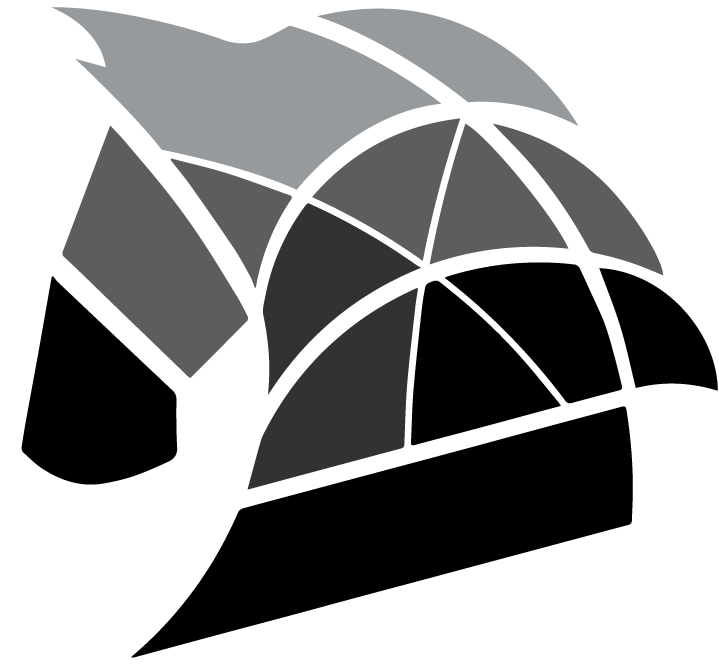Riding arenas are critical structures that directly affect the quality of equine sports and training. The design of these areas plays an important role in the safety, comfort and performance of both horses and riders. At Equine Design Studio, we aim to achieve excellent results by addressing every aspect of horse riding areas in detail. Here are the main features of horse riding areas:
1. Safety
Floor Coverings: The flooring of horse riding areas should be specially selected to ensure the safety of horses and riders. Soft and shock-absorbing floors reduce the risk of falls and injuries. Materials such as grass, rubber, sand or special sports flooring allow horses to move freely. In addition, regular maintenance of the flooring prevents slips and other risks.
Railings and Fences: Horse riding areas should be surrounded by high and durable railings and fences. This ensures that horses are kept out of the area and accidents are prevented. Ensuring that the railings are of sufficient height and strength increases the safety of the horses. In addition, fences need to be regularly checked and maintained.
Observation Areas: Observation areas should be established near the riding areas where riders and observers can stand safely. Having these areas at a safe distance reduces risks for both spectators and horses.
2. Comfort
Floor Comfort: The flooring of the riding areas should be designed to increase the comfort of the horses. Soft and flexible floors reduce joint and muscle pain in horses. In addition, weatherproof flooring protects comfort in a variety of weather conditions.
Climate Control: Climate control is of great importance, especially in enclosed areas. Riding areas should have a good ventilation system and temperature control. This ensures the comfort of both horses and riders and provides a healthy environment. Ventilation systems ensure that the interior is filled with fresh air in bad weather conditions.
Lighting: Adequate lighting offers the possibility to ride both in daylight and at night. Both natural and artificial lighting systems ensure that the space is properly illuminated. High-quality LED lights are energy efficient and long-lasting. In addition, the even distribution of light minimizes shadows and blinding glare points.
3. Functionality
Various Uses: The design of riding arenas should offer versatile solutions to meet a variety of equine sports and training needs. This includes different types of flooring, obstacle courses, free work areas and training zones.
Equipment and Tools: Riding areas should allow for the appropriate placement of a variety of equestrian equipment and tools. This includes elements such as obstacles, training sets, height adjustable tools. It is important that equipment is durable and reliable for long-lasting use.
Accessibility: The design of riding areas should be considered to increase accessibility. It should provide suitable ramps, wide doors and easy access points for disabled or elderly riders. This ensures that everyone can easily board and use the space.
4. Aesthetic and Environmental Aspects
Natural Landscape: The aesthetic appearance of riding areas should be in harmony with the environmental setting and natural landscape. Grass, trees, shrubs and other natural elements enhance the visual appeal of the area. Landscaping ensures that boarding areas are both functional and aesthetically pleasing.
Social Areas: Social areas for riders and visitors can also be created around the riding areas. Rest zones, canopies, benches and seating areas provide favorable conditions for social interaction and relaxation.
Sustainability: Sustainable design principles should be applied to reduce environmental impacts. Recyclable materials, energy efficient systems and water-saving solutions support the design of an environmentally friendly boarding area.



